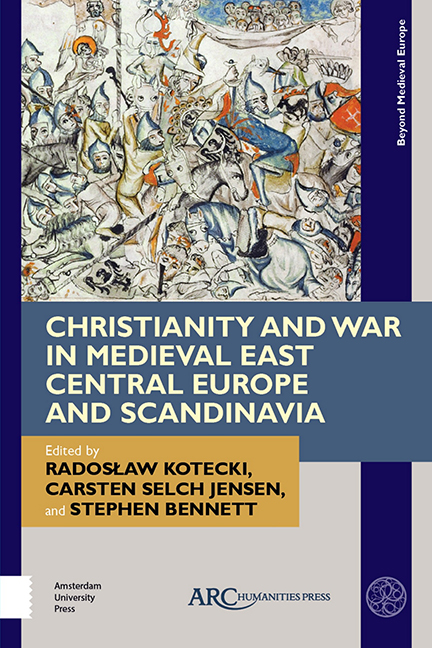Chapter 1 - The Role of the Dalmatian Bishops and Archbishops in Warfare During the Twelfth and Thirteenth Centuries: A Case Study on the Archbishops of Split
Published online by Cambridge University Press: 27 May 2021
Summary
THE ROLE OF the archbishops of Split changed significantly when the city came under the rule of the kings of Hungary at the beginning of the twelfth century. Before King Coloman of Hungary's conquest, the archbishops had an important role in the life of the city and were actively involved in secular and diplomatic affairs too. After the beginning of the Árpáds’ rule their position was influenced by royal expectations and Hungarian traditions. Through Hungarian royal influence, the archbishops’ role in warfare also underwent change. This study deals with the changing roles of the archbishops of Split during the twelfth and thirteenth centuries. It focuses on the impact of Hungarian customs on the roles assigned to archbishops. I will examine the archbishops and archbishop-elects of this period, particularly those who held their office under the rule of the kings of Hungary.
The analysis covers a relatively long period between the election of Archbishop Manasses in 1113, who was the first Hungarian archbishop of Split, to the extinction of the Árpádian dynasty of Hungary in 1301. This timeframe is long enough to enable us to examine changes to the role of the archbishop in Split and the way in which the royal court influenced this role. This chapter will first describe the historical background of the study, before focusing on the archbishops who were elected during the examined period by highlighting their social, economic, and personal backgrounds. After that, it will cover the general roles of the archbishops in the city, their position at the royal court of Hungary, and how their position in relation to royal affairs changed their traditional roles in the society of Split. The final part of the piece will discuss how the archbishops were involved in wars and struggles both in the city and in Dalmatia.
HISTORICAL BACKGROUND
The beginning of the twelfth century was a chaotic period. The death of King Stephen II, the last descendant of the Croatian royal dynasty, brought serious changes to the Kingdom of Croatia and Dalmatia. In the immediate aftermath of his death, King Ladislaus I the Saint (r. 1077–1095) of Hungary tried to seize power as different groups fought for the crown.
- Type
- Chapter
- Information
- Publisher: Amsterdam University PressPrint publication year: 2021



